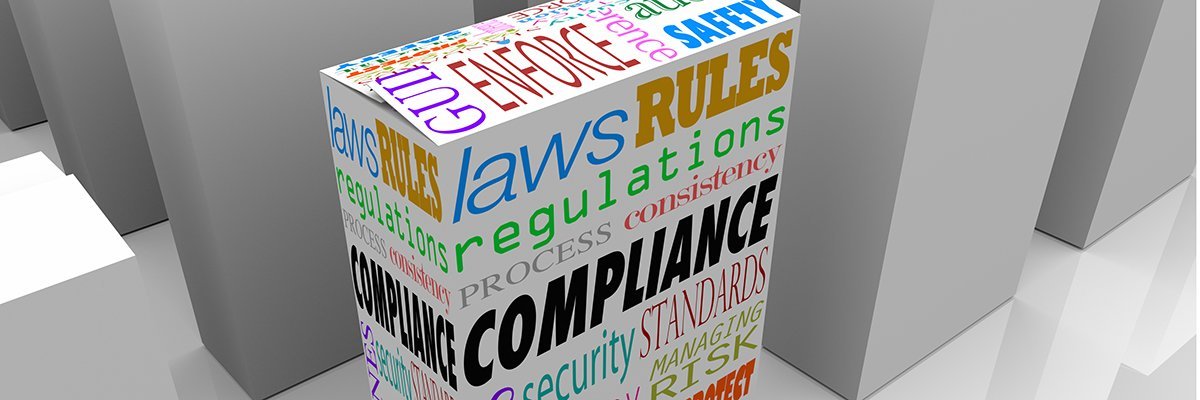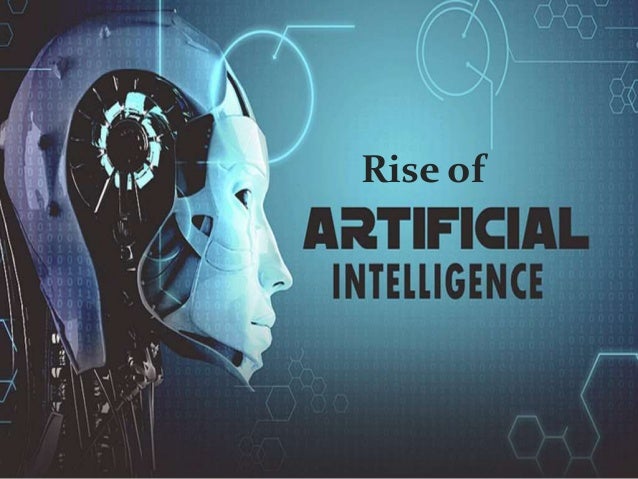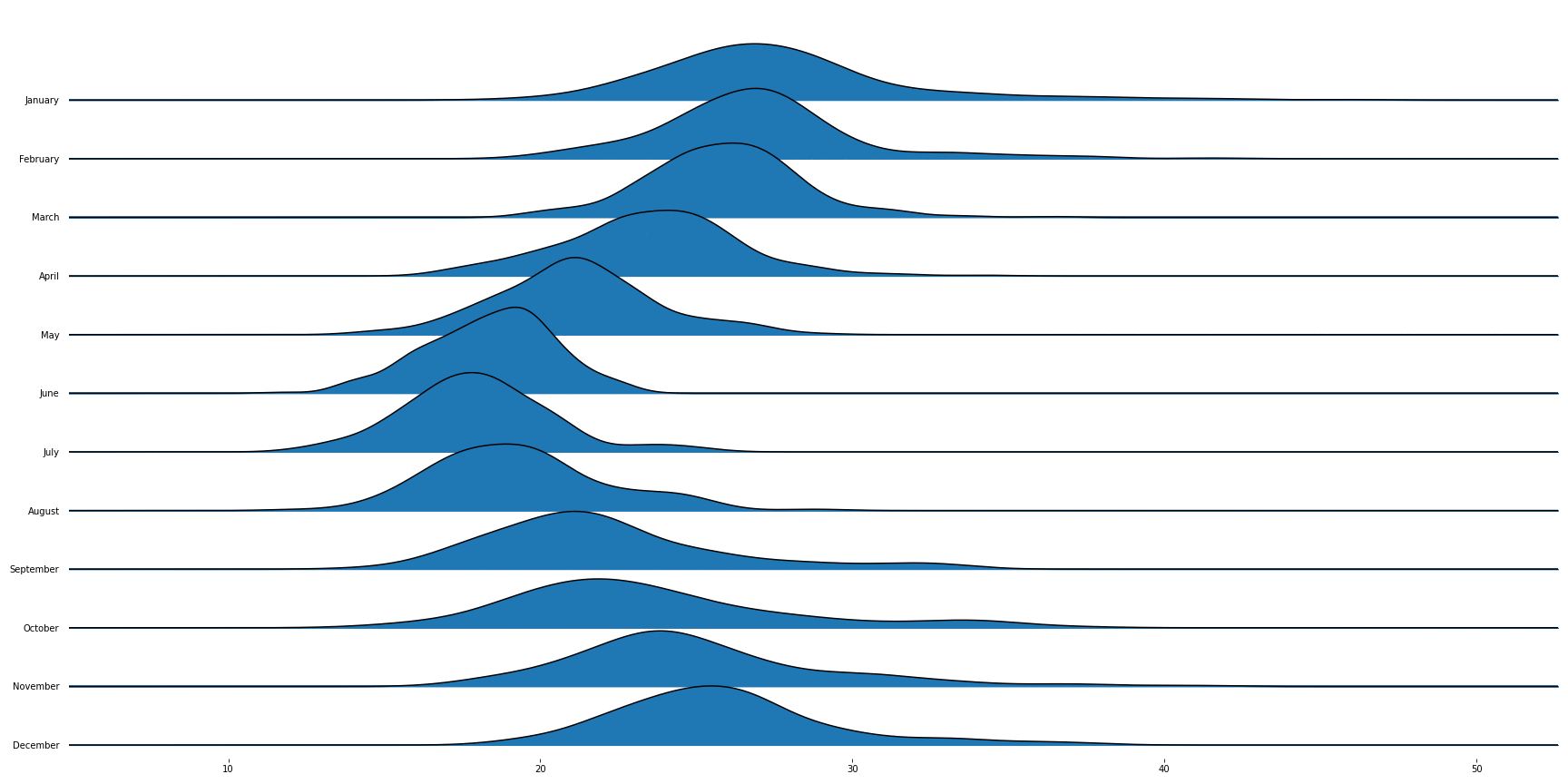 By Medium -
2020-12-03
By Medium -
2020-12-03
This tutorial covers the entire ML process, from data ingestion, pre-processing, model training, hyper-parameter fitting, predicting and storing the model for later use. We will complete all these…
 By Medium -
2020-12-08
By Medium -
2020-12-08
As you know, data science, and more specifically machine learning, is very much en vogue now, so guess what? I decided to enroll in a MOOC to become fluent in data science. But when you start with a…
 By MachineCurve -
2021-02-02
By MachineCurve -
2021-02-02
Explanations and code examples showing you how to use K-fold Cross Validation for Machine Learning model evaluation/testing with PyTorch.
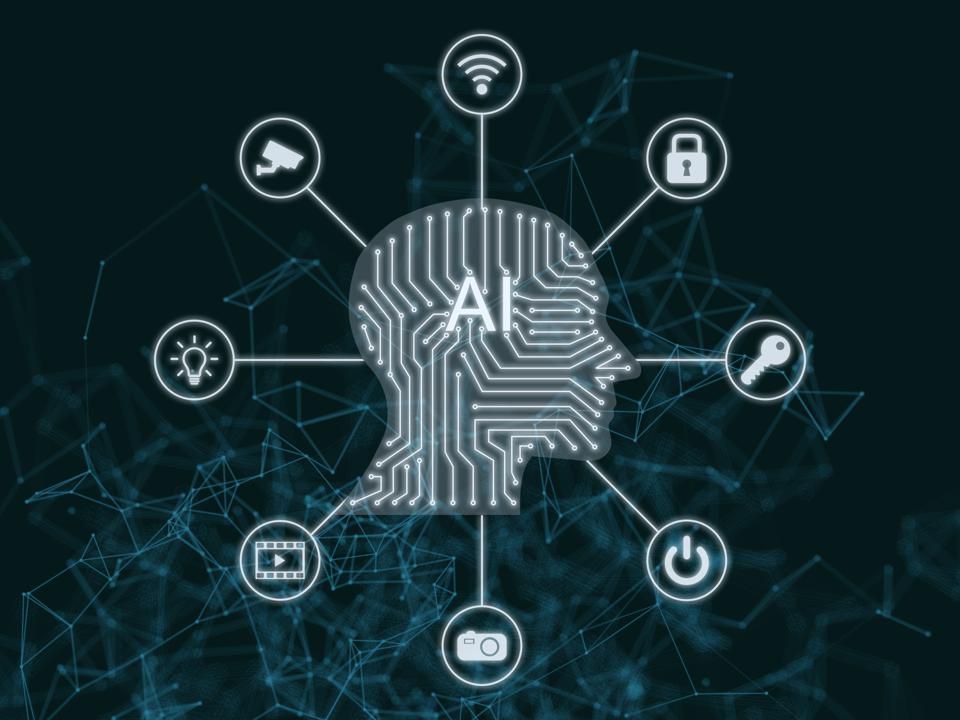 By KDnuggets -
2020-12-15
By KDnuggets -
2020-12-15
An extensive overview of Active Learning, with an explanation into how it works and can assist with data labeling, as well as its performance and potential limitations.
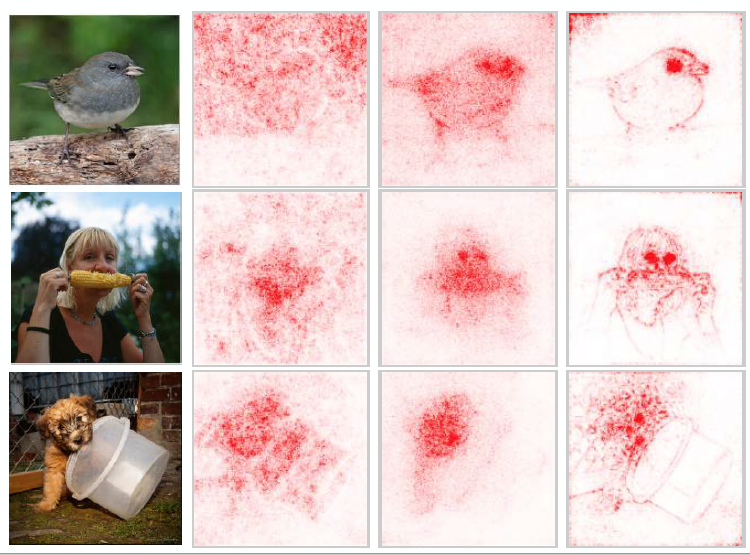 By The Gradient -
2020-11-21
By The Gradient -
2020-11-21
A broad overview of the sub-field of machine learning interpretability; conceptual frameworks, existing research, and future directions.
 By Medium -
2020-07-25
By Medium -
2020-07-25
A Visual Guide to Learning Data Science




















